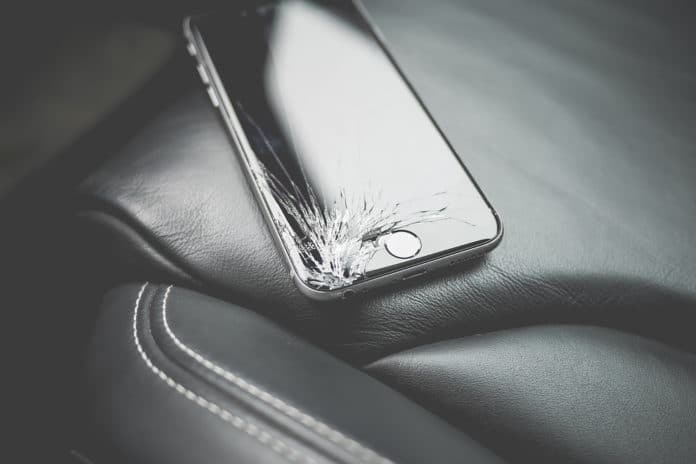In collaboration with the Indian Institute of Technology Kharagpur, scientists from the Indian Institute of Science Education and Research (IISER) have created a self-healing material that can self-heal and rejoin itself within a second. They have synthesized an organic crystalline material that is 10 times harder than others.
The internal structure of most self-healing materials is usually marked by irregularities and defects. Also, they need some externals factors such as heat, light, or a chemical agent to heal themselves. Unlike those known self-healing materials, this newly created self-healing technology has a unique internal molecular structure that spontaneously repairs itself when damaged.
According to scientists, this self-healing material could become useful in digital technology, such as broken screens of gadgets and other new-age technologies.
The key to this material is its crystalline structure. Scientists created tiny needle-shaped crystals- 1mm to 2mm long and 0.1mm to 0.2mm wide. They arranged the crystals so that a strong, attractive force between the two surfaces causes the fragments to rejoin when a fracture occurs.
Scientists noted, “Our organic crystalline material belongs to a class of substances called piezoelectric crystals. The piezoelectric crystals can substantially convert mechanical energy into electrical energy or electrical energy into mechanical energy.”
Bhanu Bhushan Khatua, a team member from IIT Kharagpur, said, “I can imagine applications for an everyday device. Such materials could be used for mobile phone screens that will repair themselves if they fall and develop cracks.”
Journal Reference:
- Surojit Bhunia, Shubham Chandel et al. Autonomous self-repair in piezoelectric molecular crystals. DOI: 10.1126/science.abg3886
